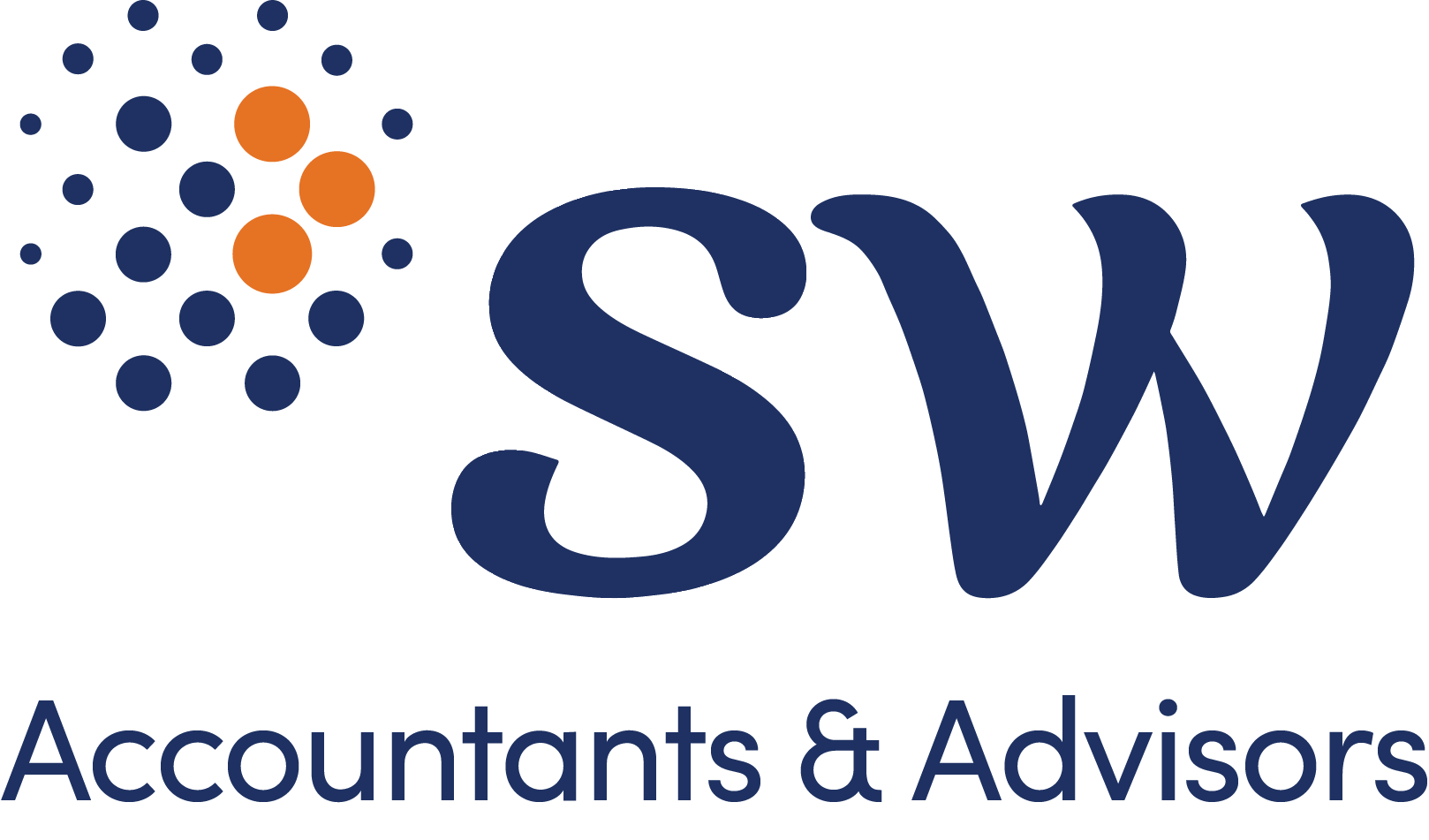
Build-to-Rent Tax Incentives to accelerate Australia’s housing supply and promote sustainable real estate development
22/05/2023
Australia’s rental crisis is set to be tackled head-on by the Albanese government, which has proposed incentives to boost housing supply through build-to-rent (BTR) developments in the recent Federal Budget.
According to the budget papers, for eligible new BTR projects where construction commences after 9 May 2023, the government will :
- increase the depreciation rate from 2.5 per cent to 4 per cent per year; and
- reduce the withholding tax (WHT) rate for eligible fund payments from managed investment trusts (MIT) to foreign residents on income from eligible BTR properties after 1 July 2024 from 30 to 15 per cent, subject to further consultation on eligibility criteria.
These proposed tax changes address a key contentious issue between the BTR industry and government, being that the current MIT WHT rate hits foreign investors twice what they would pay on other eligible property assets. With the MIT tax rate to drop from 30% to 15% from 1 July 2024, the BTR sector will be aligned with other commercial property sectors (i.e office, retail and industrial) and is likely to boost foreign investment in the BTR sector.
The proposed changes have been welcomed by the Property Council of Australia (PCA) and the Urban Development Institute of Australia (UDIA), both long-time advocates of the industry.
These proposed changes are a welcome first step, although the GST impediments for BTR projects is still to be addressed. We also need to wait for the final legislation to see what is going to be considered a BTR project. Most State governments have already flagged tax concessions for BTR projects (refer below). However, each State has introduced different regimes and have different definitions of BTR.
We would hope that the Federal Government’s BTR definition is the least restrictive, and would ensure that if a BTR project qualifies for State tax BTR concessions, that the project will also be eligible for the 15% MIT Withholding Tax (WHT) rate.
Other considerations
It will also be important to ensure that the BTR project is structured carefully to ensure that the Trust is not a trading trust (making it ineligible to be a MIT). For example, where BTR developments are structured in such a way to meet the definition of commercial residential premises for GST purposes (so that GST credits can be claimed), there is a risk that the operations may be considered a trading trust.
State Tax changes
In addition to the proposed federal tax concessions, there are tax concessions available for BTR developments at the State and Territory level. The most recent State to introduce BTR relief is Western Australia, who introduced new land tax relief for eligible BTR developments on 17 May 2023. We have summarised State and Territory BTR concessions in the table at Appendix A. which we have summarised in the table at Appendix A.
Greenlight for expanding concessional rate for clean building MITs
The Federal Budget has also extended the clean building concessional MIT WHT rate of 10% to data centres and warehouses, where construction commences on and after 9 May 2023. The reduced WHT rate will apply from 1 July 2025.
This measure will also raise the minimum energy efficiency requirements for existing and new clean buildings to a 6-star rating from the Green Building Council Australia or a 6-star rating under the National Australian Built Environment Rating System.
A MIT will be a clean building MIT where the income is not tainted with income from other assets that are not reasonably incidental. For example, a single MIT cannot hold both a clean building and other non-clean buildings. For MITs that are considering constructing or developing new energy efficient office buildings, shopping centres, hotels, data centres or warehouses, it is important to ensure that you utilise the most appropriate structure to utilise the 10% WHT rate.
How can we help?
If you are considering a BTR development or a clean building MIT, we can assist with determining the appropriate structure and provide advice on relevant tax considerations.
Contributors
Appendix A
| State | Land tax | Duty |
|---|---|---|
| Victoria | For the 2022 land tax year, 50% discount on taxable value of land for eligible BTR developments for up to 30 years.1 Foreign owner land tax surcharge For the 2022 land tax year, full exemption is available for eligible BTR developments for up to 30 years.2 The general absentee owner surcharge exemption may be available during construction period if the BTR developer is Australian-based, makes a significant contribution to Victorian economy and community and exhibits goods corporate behaviour. | Surcharge purchaser duty: general exemption may be available if developer is Australian-based, commercial activities involve significant development adding to the supply of housing stock in Victoria and developer exhibits good corporate behaviour. No discount provided in relation to the general duty rates. |
| New South Wales | Provided construction commenced on or after 1 July 2020, there is a 50% reduction in land value for land used and occupied as a BTR property. Foreign owner land tax surcharge For land tax year commencing 31 December 2020 until land tax year commencing 31 December 2039, there is an exemption from surcharge land tax paid, provided BTR property was constructed on the land and the corporation is entitled to a reduction in land value for land tax purposes.3 | Surcharge purchaser duty: Exemption for surcharge purchaser duty, provided that: the transfer was entered into on or after 1 July 2020, BTR property was constructed on that land, and the corporation is entitled to a reduction in land value for land tax purposes. No discount provided in relation to the general duty rates. |
| Australian Capital Territory | The ACT government is targeting its support to BTR developments where at least 15 per cent of dwellings are treated as affordable rental tenancies.4 The government is offering three initiatives that include financial assistance for BTR affordable rental: Nominated land release sites for BTR affordable rental projects. Inviting proposals for BTR affordable rental on an annual basis. A time-limited Lease Variation Charge discount for community housing managed projects. | |
| Queensland | Land tax: from 1 July 2023, a 50% discount will be available on land tax for up to 20 years.5 Foreign owner land tax surcharge From 1 July 2023, full exemption for the 2% foreign land tax surcharge for up to 20 years. General ex gratia relief may be available during construction period. | Surcharge purchaser duty: From 1 July 2023, a full exemption from the Additional Foreign Acquirer Duty for the future transfer of a BTR site. General ex gratia relief may be available. |
| BTR Pilot Project: a targeted rental subsidy provided by QLD government to the private sector. This initially targeted developments on privately owned land but has expanded to include state-owned sites.6 | ||
| South Australia | Land tax: 2021-22 State Budget announced a 50% reduction in land value from 2022 until 2040. The land tax reduction will be available from the 2022-23 financial year up to, and including, the 2039-40 financial year. More details will be released outlining eligibility criteria and application process once the relevant legislative instrument passes parliament.7 | No specific concessions provided. |
| Western Australia | Land tax: 50% exemption for eligible BTR developments to be available from 1 July 2023 for up to 20 years.8 To access the land tax exemption, BTR developments must: · contain at least 40 self-contained dwellings available for residential leases · be owned by the same owner or group of owners, and be managed by the same management entity and · be completed between 12 May 2022 and 1 July 2032. Retrospective land tax would apply if an eligible BTR development stops meeting the criteria within the first 15 years after the exemption is granted. | No specific concessions provided. |
1 Section 70J, Land Tax Act 2005 (Vic).
2 Section 70K, Land Tax Act 2005 (Vic).
3 Section 5CA, Land Tax Act 1956 (NSW).
4 Build to Rent – Treasury (act.gov.au)
5 Tax concessions to drive investment into affordable housing – Ministerial Media Statements
6 Queensland Build-to-Rent Pilot Project – Queensland Treasury
7 Exemptions, waiver or relief | RevenueSA
8 Media statements – New land tax relief to bolster Western Australia’s rental market


